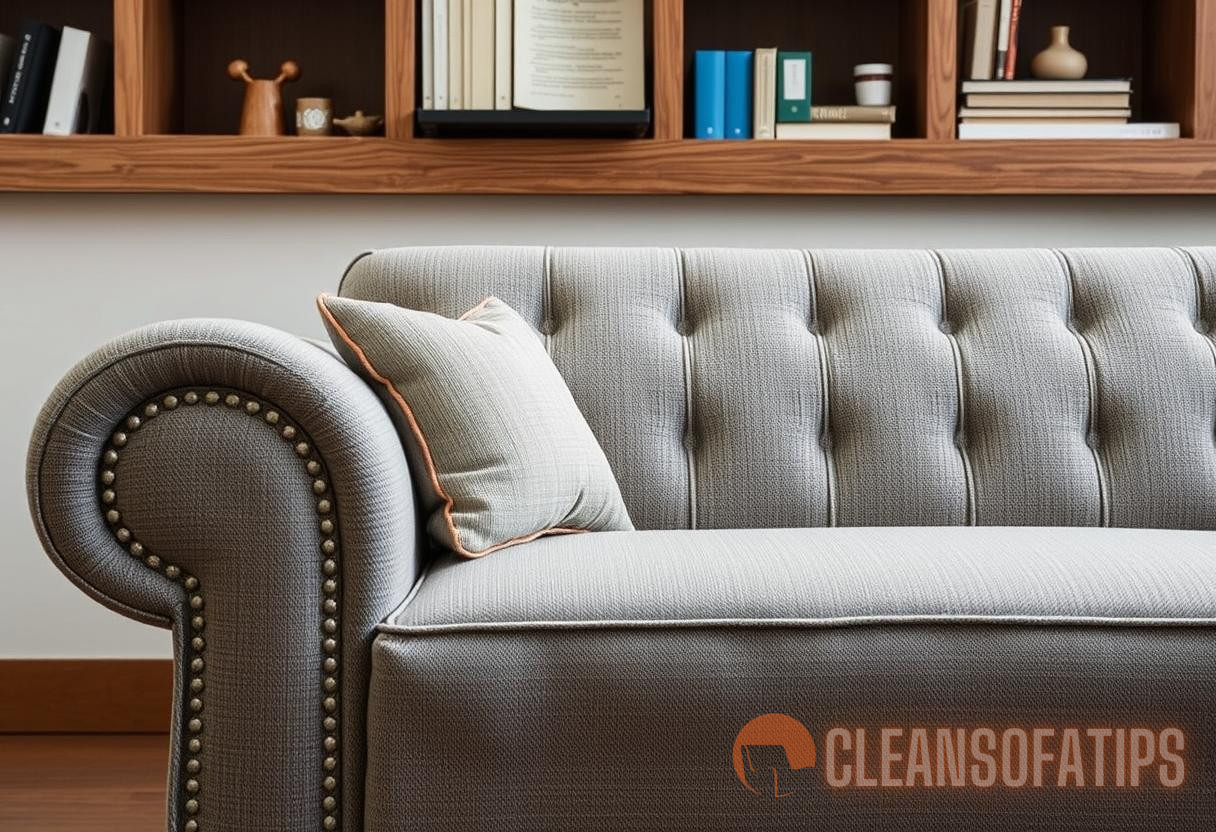Navigating Upholstery Ecology: The Interplay of Cleanliness and Microbial Health in Material Longevity
Understanding upholstery microbial care is crucial for maintaining both the aesthetics and durability of your upholstered materials. Upholstery plays an important role in modern furniture, providing both comfort and style. However, the condition of upholstery can significantly impact indoor air quality and the longevity of the materials used.
The Importance of Upholstery Microbial Care
Upholstered furniture environments are prone to microbe buildup. Dust mites, molds, bacteria, and fungi are prevalent in homes and workplaces, thriving in furniture where moisture and organic debris exist. The American Academy of Allergy, Asthma, and Immunology noted that an estimated 20 million Americans are allergic to dust mites, making proper upholstery care crucial for health and wellbeing.
- Health Implications: Poor upholstery maintenance can lead to respiratory issues, skin irritations, and allergic reactions.
- Material Longevity: Microbial growth can degrade upholstery fibers, leading to irreversible wear and tear.
- Indoor Air Quality: Upholstered furniture can harbor pollutants, affecting the overall atmosphere of your home or office.
The Science Behind Upholstery Microbial Growth
The primary factors affecting microbial growth in upholstery materials include moisture, temperature, and the presence of organic matter. Studies have shown that microbes thrive in environments with:
- High humidity levels (ideally below 50% for upholstery)
- Warm temperatures (between 68°F – 75°F)
- Organic debris such as skin flakes, food particles, and spills
The Center for Disease Control and Prevention highlights the necessity of monitoring these environmental factors to prevent uncontrolled microbial proliferation.
Evaluating Upholstery Materials
Diverse upholstery materials have unique characteristics affecting their response to microbial exposure. Here we analyze common types:
Natural Fabrics
Natural fabrics such as cotton, linen, and wool are organic and breathable, making them prone to absorbing moisture. This absorption can lead to a favorable environment for microbial growth. Treatments such as antimicrobial sprays may mitigate risks, but their efficacy depends on the frequency of application and durability.
- Cotton: Absorbs moisture well, but requires regular cleaning to prevent mold.
- Wool: Naturally resistant to dirt and grime, yet can still harbor dust mites.
- Linen: Good airflow but requires proper maintenance to avoid mold issues.
Synthetic Fabrics
Synthetic fibers such as polyester and nylon show better resistance to moisture and microbes compared to natural fabrics. However, they are not entirely immune and can still trap dust and allergens.
- Polyester: Often treated for stain resistance, but can still collect dust and dirt.
- Nylon: Durable and moisture-resistant, yet needs regular deep cleaning to control bacterial growth.
Best Practices for Upholstery Microbial Care

Reducing microbial health risks involves a combination of cleaning practices, protective measures, and environmental control. Here are techniques for ensuring proper upholstery microbial care:
Regular Cleaning
Upholstered surfaces should be vacuumed weekly using a vacuum with a HEPA filter to trap allergens efficiently. Deep cleaning should occur every 6 to 12 months, depending on usage.
- Spot cleaning: Address spills immediately with appropriate cleaners.
- Steam cleaning: This technique not only cleans upholstery but also effectively kills microbes.
Protective Treatments
Applying protective fabric treatments can enhance microbial resistance. Look for effective, non-toxic options that verify their efficacy against bacteria and fungi.
Moisture Control
Maintain indoor humidity levels using dehumidifiers and air conditioning. Regularly check areas beneath upholstery for moisture buildup to prevent mold proliferation.
Hiring Professionals
For optimal care, consider hiring professional upholstery cleaning services. They have access to advanced cleaning technology and solutions that effectively remove microbes while extending the life of your upholstery.
Explore local upholstery care options through trusted directories or community boards.
Case Studies on Upholstery Microbial Care Practices
Various studies have examined the effectiveness of regular upholstery microbial care practices. Herein, we present two illustrative case studies.
Case Study One: Residential Microbial Intervention
A family in a humid coastal environment struggled with frequent respiratory issues. After implementing a rigorous cleaning schedule that included vacuuming, professional steam cleaning, and the application of antimicrobial fabric treatments, the family reported a significant decrease in allergic reactions. They maintained optimum indoor humidity levels, which proved critical in managing microbial growth.
Case Study Two: Commercial Upholstery Management
A commercial office expended a massive amount on employees’ health and wellness. After initiating a comprehensive upholstery microbial care program, including expert cleaning services conducted biannually, the company saw a reduction in sick days attributed to allergies and respiratory issues. Surveys indicated enhanced employee satisfaction and productivity, underscoring the direct impact of upholstery care on workplace wellbeing.
Conclusion: The Road Ahead in Upholstery Microbial Care
As our understanding of upholstery microbial care expands, so does the need for comprehensive strategies to mitigate health risks associated with untreated upholstery. Upholstery care requires a commitment to cleanliness, environmental management, and regular maintenance. As individuals become more aware of the potential health implications of microbial presence in their homes and workplaces, adopting a proactive approach to upholstery care will become increasingly essential.
For further information on maintaining upholstery, visit the cleaning tips section and explore additional resources on upholstery care. Additionally, learn more about the effects of indoor air quality by checking out related topics on indoor air quality.



